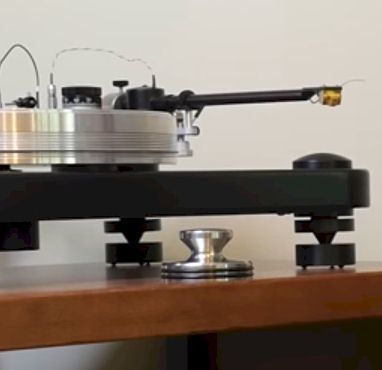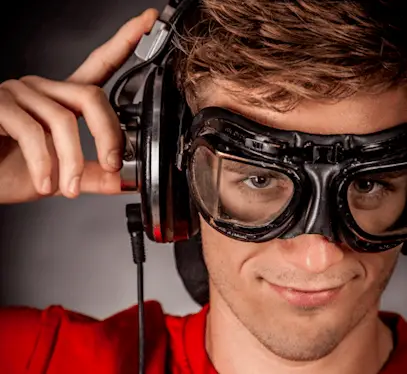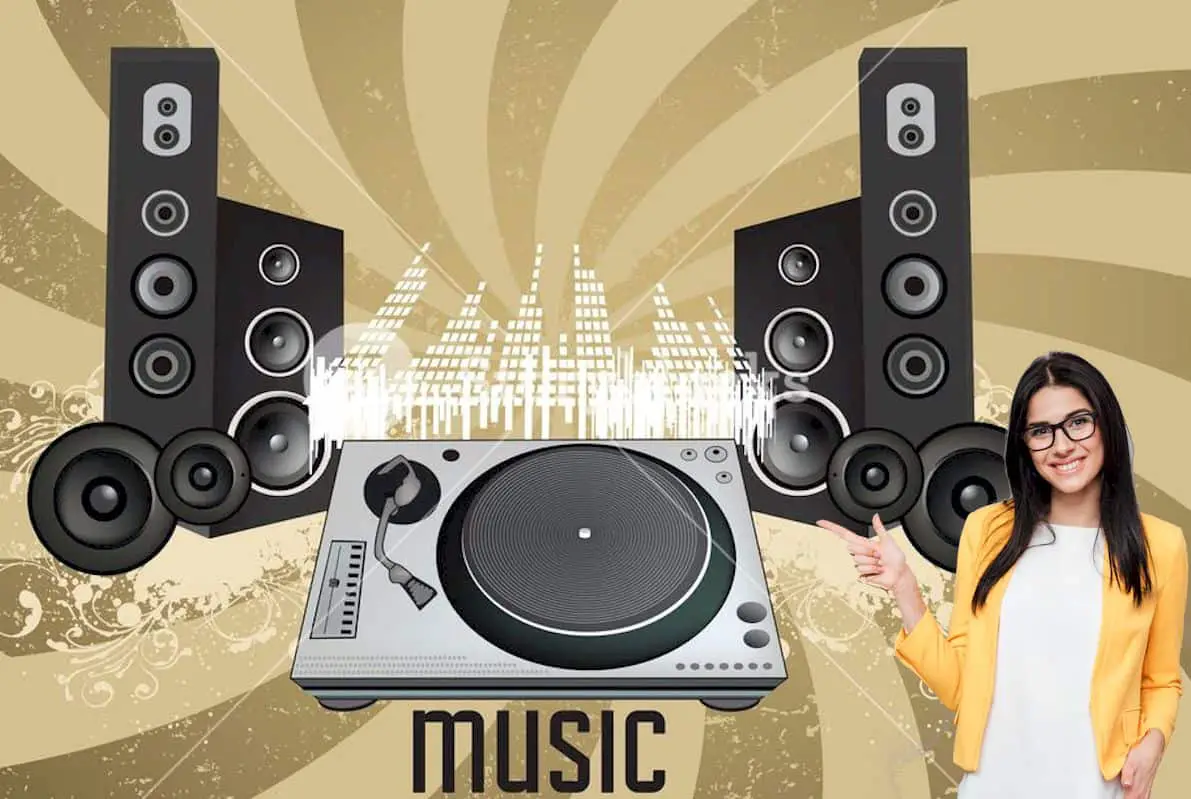Though it may not be the usual setup, you can connect a turntable to speakers without a receiver. They may have lost the popularity contest to CD players a long time ago, but turntables have long proven that they’re staying for good. With more modern turntables available for the modern-day enthusiast, the interest for turntables has re-grown, and the younger generations have now grown fond of searching for vinyl records and playing them on these vintage music players.
You need a receiver to connect multiple audio and video components to a speaker. If you used a receiver, you wouldn’t have to connect and disconnect your speakers to any of the different sources you’re using. It can connect your TV, your CD player, your turntable, or even your mobile phone to your speakers. Without a receiver, you may find it difficult to switch between your sources.
Contents
The Usual Turntable Setup
The typical turntable setup requires only a few things: the source (the turntable), speakers, cables, receivers, and all the wires and cables needed to connect these different components. In this setup, the turntable will be connected to a receiver, which will then be connected to the speakers.
In this setup, you need at least three components – the turntable, the receiver, and the speakers. Most people would put all these in a vertical A/V stand or wall-mounted shelves. You’d also need a cable wire and an RCA audio cable. You might also need a pre-amp if your turntable doesn’t have one built in. If you’re using a passive speaker, you also need an amplifier.

The first step is to figure out where all the components are going. Turntables usually go to the top of the shelf since they’re bulkier. The receiver usually goes below all audio sources. The main thing to keep in mind here is that the sources need to be easily accessible. The turntable must be placed where you can easily put in and take out your records.
The next step is to connect your source to a receiver. The receiver component can receive different audio inputs, so you should try to match the inputs to the receiver’s ports. If the receiver has a phono input, that’s where the turntable input goes. If the turntable has a phono pre-amp built in, it needs to be turned off before you connect the turntable to the receiver. If it doesn’t, you’re going to need a separate phono pre-amp to convert the phono signal to line signal.
The last step is to simply connect your receiver to your speakers.
The Minimalist Turntable Setup
So, why would you want to connect a turntable to speakers without a receiver? There are a few reasons why anybody would want to ditch the receiver, but one of the most popular reasons is minimalism. In an individual turntable setup, you can get rid of the middleman and just connect your turntable to your speakers.
What you need in this setup is a turntable, an active powered speaker and an RCA connector. That's one component and one wireless than the most basic turntable setup. You need an active speaker since going receiver-less means you’re losing volume control. A vintage turntable doesn’t make as much power like modern players.

To bring up the signal to a playable level, it’s going to need additional amplification. This is why some vintage turntables need external phono pre-amps. Again, if your turntable doesn’t have apre-amp installed, you’re going to have to connect an external pre-amp. It's basically just the same setup minus the receiver.
There are also turntables with built-in speakers. These could be the most minimalist setup of all. However, you can’t expect a built-in speaker to sound as good as that with an external speaker. They’re not designed for high-fidelity and they don’t have as much of a range of sounds. You can’t expect them to play loud music with their built-in speakers.
These all-in-one turntables are perfect for new hobbyists though. They’re portable and lightweight. Some are even designed to be carried around. They’re easier to connect to laptops and mobile devices too.
Turntable Setup Tips
You can set up and “connect a turntable to speakers without a receiver” without much of a fuss. But if you’re looking to get the best value for your money, here are some tips to help get you started:
- Place your speakers at a safe distance away from the turntable. Turn them away from the turntable if possible. Turntables are highly sensitive to vibrations. Too much vibration can cause record skipping. Turntables are best placed on a flat, steady surface, away from all kinds of vibrations. You can use isolation pads or platforms to reduce vibrations. Here are the best turntable isolation platforms.
- You can get a good turntable for less than $400. Consider your budget, because you’re also going to buy active speakers, which can cost around $200. Like any other music player, there is an audible difference between a cheap turntable and a high-end one.
- Remember that these are mechanical players. The sounds they produce depend on how accurate, they can read the records and this accuracy is what you're paying for. A good turntable has a flutter or speed variation of no higher than 0.25%.
- Not sure if your turntable has a built-in phono pre-amp? Check for a USB port. If it has one, then it definitely has a pre-amp built in. This allows you to turn your vinyl records into MP3s or other audio files that you can play on your computer.
- It’s not a myth. Overusing your LP vinyl records can lead to damage. However, the risks of damage can be reduced by reducing skating and friction. In your quest of finding the best turntable setup, remember that the quality of your records must be top-notch too.
Related: Durable and efficient turntable mat
If you’re looking to upgrade your turntable experience, the decision to go with an independent setup and connect a turntable to speakers without a receiver is a good one. Just follow these tips for a better sounding vinyl playback system!

HI, John Andrew here. I’ve been an audiophile since I was a little kid. I’m an original member of myaudiolover . It emerged as a way for me to share my passion and knowledge for audio technology. If you’re looking for tips, techniques, and insights about audio-tech, that can enable your productions that professional edge, then MyAudioLover is the place for you!

